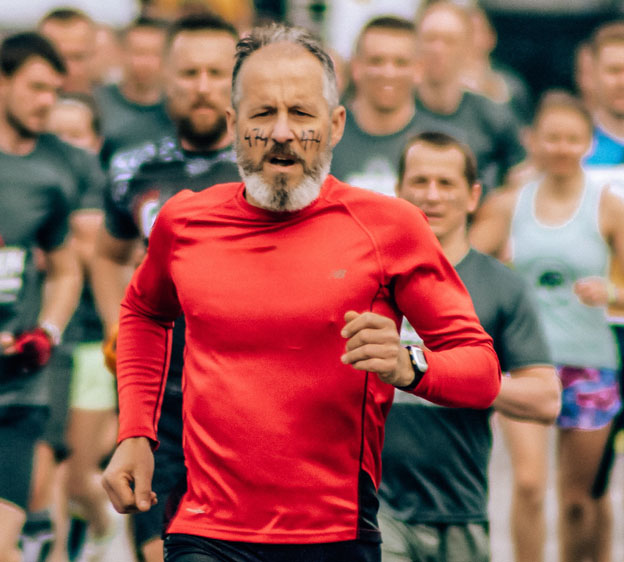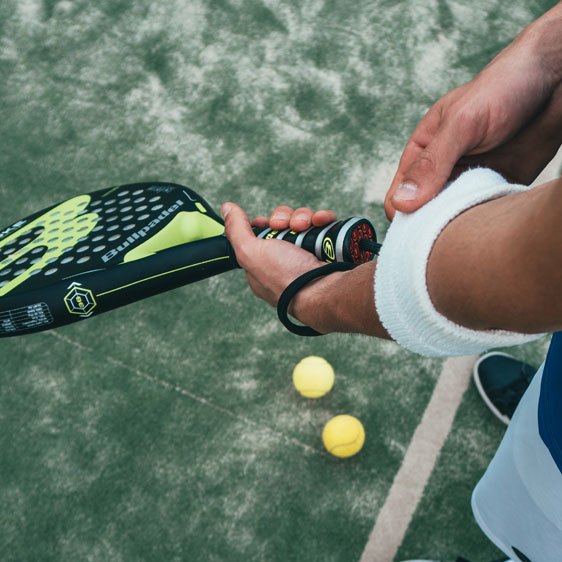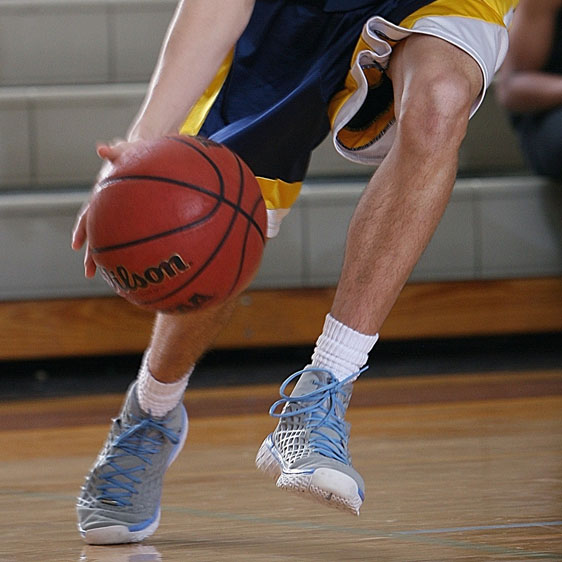A Primer on Preventing Bone and Joint Problems
January 1, 2021Categories: Sports Medicine or Injuries, Orthopedics

Training for any type of sport without proper conditioning can cause all kinds of setbacks — and a great deal of pain. It isn’t just athletes who need to worry about sports injuries. The greatest at risk may be out-of-condition weekend warriors because of their sporadic exercise.
"For sports, you obviously want to be in good physical condition,” says Dr. Vandit Sardana, a board-certified orthopedic surgeon with Beaufort Memorial Orthopaedic Specialists. “You don’t want to try to do a sport that you’re totally out of shape for or you are at a higher risk of injury.”
So what’s a weekend warrior to do? Get conditioned. Gradually work up to being active for at least 30 minutes each day. Also, practice preventive strategies that can protect your body’s most valuable assets. One of the best strategies, according to Dr. Sardana, is proper stretching.
“We stress stretching to avoid injuries to the knees and ankles, the heel cord or Achilles tendon, and the hamstrings,” he says. “Most people don't stretch properly or adequately before they start doing a sport, and that may be responsible for a lot of the injuries we see.”
Here are more ways to prevent common sports-related injuries.
Shoulders
While sprains, strains and tendinitis can affect the shoulder, more than half of shoulder-pain-driven doctor visits involve the rotator cuff. Shoulder injuries are common in overhead-motion sports, such as golf, baseball and softball, swimming, tennis, volleyball and weightlifting.
What you can do:
Proper form and warming-up before activity are ways to slow the inevitable degeneration you experience in your shoulder and prepare you for activity. Light rowing warms up muscles in the upper back and shoulders, which helps stabilize your shoulder joint. Don’t forget regular strength training to keep your shoulder muscles strong.
Elbows
 Tennis elbow is caused by inflammation in the tendons that join the forearm muscles on the outside of the elbow. This painful overuse injury, which is common in tennis players, golfers and pitchers, commonly appears between the ages 30 and 50.
Tennis elbow is caused by inflammation in the tendons that join the forearm muscles on the outside of the elbow. This painful overuse injury, which is common in tennis players, golfers and pitchers, commonly appears between the ages 30 and 50.
What you can do:
Train small, stabilizing muscle groups — like the muscles in the forearm — which aid in lifting and gripping. Wrist curls are a helpful warm-up and muscle-strengthening exercise. If you have pain in the forearm or elbow, see your doctor early to learn helpful ways to effectively manage pain.
Knees
 The knee is the largest joint in the body and one of the most easily injured. Knee injuries are common in runners as well as in sports that require jumping, twisting and lateral motion, such as basketball, soccer, tennis, volleyball and skiing. While catastrophic injuries are not common, sprains and strains are — especially for older adults.
The knee is the largest joint in the body and one of the most easily injured. Knee injuries are common in runners as well as in sports that require jumping, twisting and lateral motion, such as basketball, soccer, tennis, volleyball and skiing. While catastrophic injuries are not common, sprains and strains are — especially for older adults.
What you can do:
Proper form and strength training are essential to preventing knee problems as you age. Strong hip muscles are also important to help stabilize your thighbone during activity and prevent unnecessary stress on your knee. There’s more to training than squats and lunges — step ups, kettlebell swings, deadlift and bridge all work the muscles supporting the knee and hip joints.
Shins
Shin inflammation, called shin splints, is a common problem that runners and dancers face. Sometimes, what you believe is shin splints is really a stress fracture, or tiny crack in the shinbone. The two injuries cause the same symptoms. If you’re having shin pain, it’s important to get an accurate diagnosis.
What you can do:
Shin splints and stress fractures are overuse injuries. A way to prevent both is through measured increases of activity. If your goal is to run a 5K, don’t start by running three miles. Start by walking a mile. Then jog a short comfortable distance. Increase your speed or distance by no more than 10 percent per week.
Ankles
Nearly half of sports injuries are ankle sprains, according to the American College of Sports Medicine. Ankle sprains are common in activities that require running and pivoting, such as basketball, soccer and tennis. The uneven terrain of trail running and hiking can also be dangerous activities for ankles.
What you can do:
Proper conditioning matters, and so does what you’re wearing on your feet. Wearing the right shoe for whatever activity you’re doing will help provide stability and ankle support.
Having bone or joint issues? Don’t wait for the pain to worsen. Find an orthopedic specialist online.

